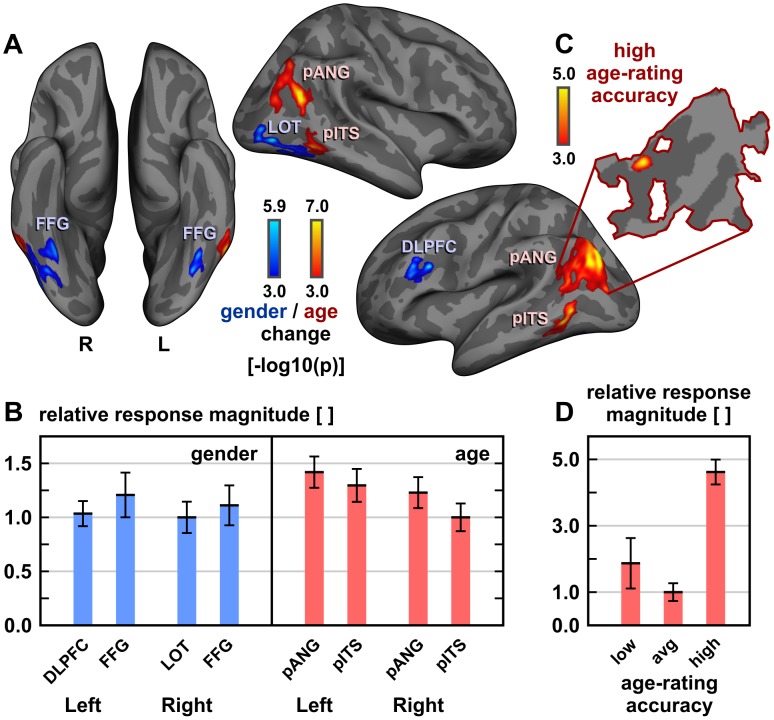Figure 4. Functional activations associated with changes of facial age and gender.
(A) Group-level (n = 24) functional activations1 related to age and gender change, respectively. (B) Quantification and between-cluster/-hemisphere comparisons of observed effect sizes evoked by facial age and gender changes across (n = 24) subjects. Individual values of each cluster's mean activation (± error bars across subjects) were normalized to the lowest average of corresponding response magnitudes (as extracted from the first-level analyses). (C) Increased age-related activations1 of the most accurate (n = 5) above average age-raters (n = 14). The corresponding cortical flat map is outlined by the borders of the left age-responsive pANG cluster. (D) Relative to average post-hoc raters (avg, n = 14), high explicit age-rating accuracy (upper quintile P80, n = 5) was accompanied by almost five times the response magnitude during implicit age-change processing within left pANG (p<0.001, based on mean individual activation levels of the sub-cluster shown in Figure 4C, as back-projected to native subject space). Activations of lower quintile raters (P20, n = 5) were more variable but not statistically different from the average (P20–80). 1Significant activations (FWER-corrected p<0.05) displayed on FreeSurfer's average inflated surface (color bars depict uncorrected activation probabilities [−log10 (p)]). pANG, posterior angular gyrus area; pITS, posterior inferior temporal sulcus; DLPFC, dorsolateral prefrontal cortex; LOT, lateral occipito-temporal area; FFG, fusiform gyrus; orientation labels: L, left; R, right.

